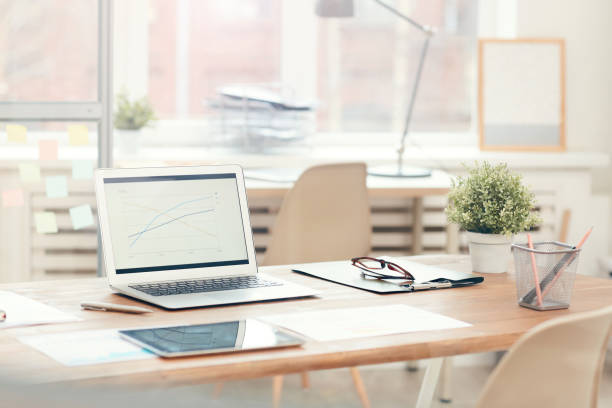Introduction to Modern Office Table
In the ever-evolving landscape of the modern workplace, office furniture plays a crucial role in shaping the atmosphere and functionality of the workspace. Among the key elements, the office table stands out as a centerpiece that not only accommodates daily tasks but also reflects the ethos of contemporary work culture. The shift towards more collaborative, flexible, and aesthetically pleasing work environments has spurred the evolution of modern office table, redefining the traditional desk into a multifaceted tool for productivity and creativity.
Ergonomics and Employee Well-being
One of the most significant advancements in modern office table design is the emphasis on ergonomics and employee well-being. Gone are the days of one-size-fits-all desks; today’s office tables are crafted with careful consideration for the comfort and health of the workforce. Adjustable height desks, for instance, have gained immense popularity, allowing employees to switch between sitting and standing positions, reducing the adverse effects of prolonged sitting.
Moreover, ergonomic design extends beyond mere adjustability. Contemporary office tables are designed to support proper posture, featuring curved edges, customizable keyboard trays, and cable management systems to create clutter-free workspaces. By prioritizing employee comfort, these tables contribute to increased productivity and a healthier work environment.
Versatility and Flexibility
Modern workplaces thrive on adaptability, and office tables have adapted accordingly. The rigid, solitary desk has given way to modular and flexible designs that cater to diverse work styles. Companies now invest in tables that can be easily rearranged to facilitate group discussions, collaborative projects, or individual tasks. This adaptability is reflected in the growing popularity of modular desk systems that can be customized to fit different office layouts and team structures.
Additionally, the rise of hot-desking and remote work has further fueled the demand for versatile office tables. Employees no longer have fixed workstations; instead, they move between different spaces throughout the day. Tables with integrated power outlets, wireless charging pads, and connectivity options have become essential in supporting the seamless integration of technology, enabling employees to work efficiently from any location within the office.
Aesthetics and Brand Identity
Beyond functionality, modern office tables contribute significantly to the aesthetics and brand identity of a workspace. Companies recognize the impact of a visually appealing office on employee morale and the perception of clients and visitors. As a result, office tables are no longer just utilitarian pieces; they are integral components of the overall design scheme.
Contemporary office tables come in a variety of materials, finishes, and designs, allowing companies to express their brand identity through their choice of furniture. From sleek, minimalist tables that convey a sense of modernity to warm, wooden surfaces that evoke a more traditional feel, the options are diverse. Some companies even opt for custom-designed tables that incorporate their logo or specific design elements, creating a cohesive and branded workspace.
Integration of Technology
The integration of technology into office tables is another hallmark of the modern workplace. Traditional desks are no longer just surfaces for paperwork; they are equipped with a range of tech-friendly features. USB ports, power outlets, and cable management systems are standard inclusions, ensuring that employees can easily connect and charge their devices.
Furthermore, some advanced office tables come with built-in smart features, such as touch-sensitive controls, wireless charging capabilities, and even IoT (Internet of Things) connectivity. These tech-savvy tables not only streamline daily tasks but also contribute to a futuristic and cutting-edge office environment.
Sustainability and Material Innovation
The modern era has ushered in a heightened awareness of environmental sustainability, and this consciousness is reflected in the design and materials of contemporary office tables. Companies are increasingly opting for eco-friendly materials, such as recycled wood, bamboo, and other sustainable resources. Additionally, manufacturers are implementing innovative production processes that minimize waste and reduce the environmental impact of office furniture.
The durability and longevity of materials are also essential considerations in modern office table design. Investing in high-quality, long-lasting materials not only aligns with sustainability goals but also ensures that office furniture withstands the rigors of daily use, maintaining its functionality and aesthetic appeal over time.
Conclusion
The evolution of the modern office table mirrors the dynamic nature of the contemporary workplace. From ergonomic considerations and flexible designs to the integration of technology and a focus on sustainability, office tables have become versatile tools that cater to the diverse needs of the workforce. As the boundaries between work and life continue to blur, the role of the office table as a functional and aesthetically pleasing piece of furniture will undoubtedly remain pivotal in shaping the future of workspaces around the globe.




